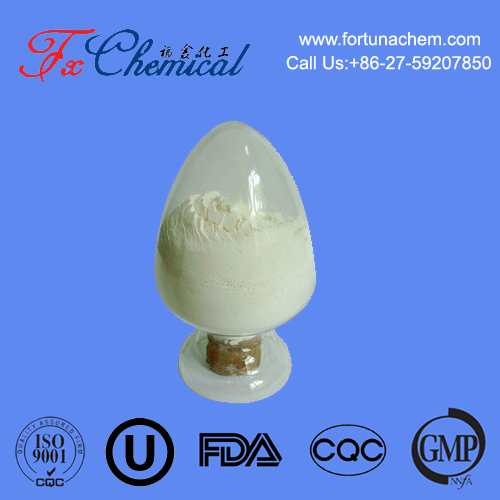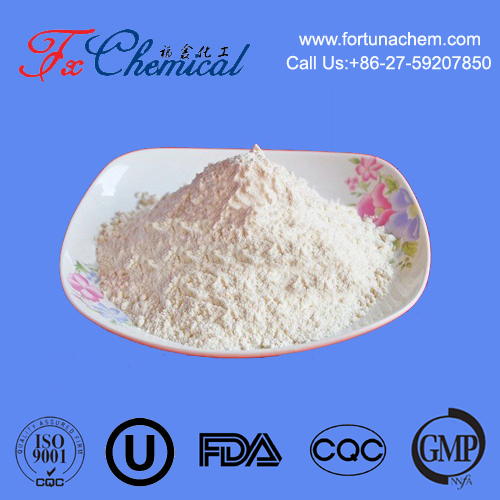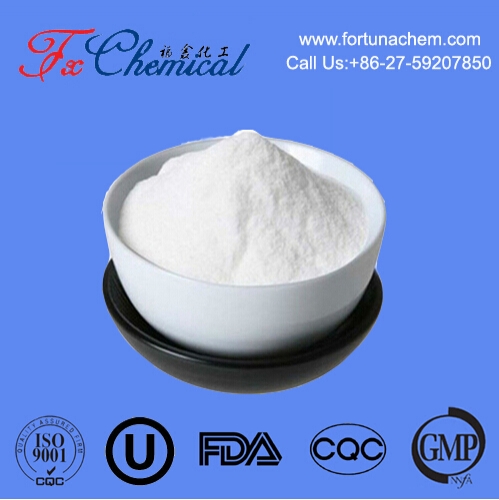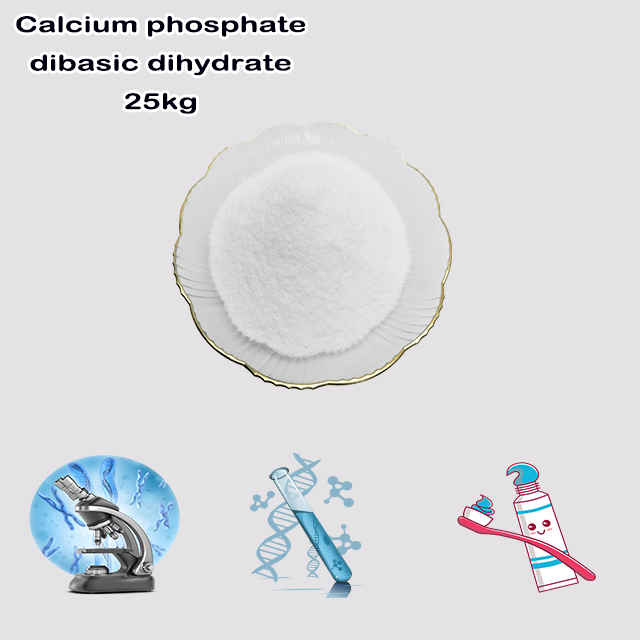
Search

Search

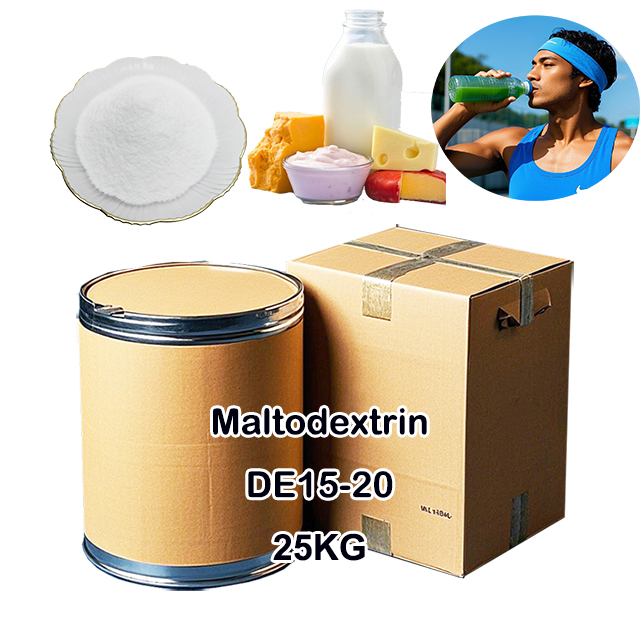

Maltodextrin is a carbohydrate-derived powder produced from starch (usually corn, rice, potato, or wheat) through partial hydrolysis (breaking down starch molecules). It consists of short chains of glucose units (polysaccharides) and is classified by its Dextrose Equivalent (DE) value (typically between 3-20), which indicates its degree of sugar conversion.
| Items | Specifications | Results |
| Appearance | White powder | Conforms |
| Dextrose equivalent | 15~20% | 18.8% |
| Moisture | ≤ 6.0% | 5.7% |
| Ash | ≤ 0.6% | 0.05% |
| Product parameters | |
| Cas number: | 9050-36-6 |
| Appearance: | White powder |
| Purity: | Dextrose equivalent:15~20% |
| Package details: | 25kg/bag |
| Brand: | Fortunachem |
What is the source of Maltodextrin?
Maltodextrin is derived from **starch**, which is extracted from various natural plant sources. The most common raw materials used for maltodextrin production include:
### **Primary Sources of Maltodextrin**
1. **Corn (Maize) Starch**
- **Most common source** (especially in the U.S. and China).
- Often derived from **genetically modified (GMO) corn** unless labeled non-GMO.
2. **Tapioca (Cassava) Starch**
- Popular in **Asia and South America**.
- **Gluten-free** and non-GMO by default.
3. **Potato Starch**
- Used in **Europe** for higher-purity maltodextrin.
- Neutral taste, suitable for sensitive applications.
4. **Wheat Starch**
- Less common due to **gluten concerns** (must be labeled in food products).
- Some wheat-derived maltodextrin is processed to remove gluten (but not always safe for celiac disease).
5. **Rice Starch**
- **Hypoallergenic alternative** (used in baby food or gluten-free products).
---
### **How It’s Made?**
Maltodextrin is produced through **enzymatic or acid hydrolysis** of starch:
1. **Starch Extraction**: Isolated from the plant source (e.g., corn kernels, cassava roots).
2. **Hydrolysis**: Broken down using enzymes (e.g., α-amylase) or acids into shorter glucose chains.
3. **Purification**: Filtered, decolorized, and spray-dried into a fine white powder.
---
### **Key Considerations**
- **GMO vs. Non-GMO**: Corn-based maltodextrin is often GMO unless certified otherwise.
- **Gluten-Free Status**: Wheat-derived maltodextrin may contain traces of gluten (check labels for certification).
- **Allergen-Friendly**: Tapioca or rice maltodextrin is preferred for allergen-sensitive formulations.
Maltodextrin’s source affects its **price, sustainability, and suitability** for dietary restrictions (e.g., gluten-free, vegan, or non-GMO diets). Always verify the origin if you have specific health concerns.
### **Applications of Maltodextrin**
Maltodextrin is a versatile carbohydrate widely used across industries due to its **neutral taste, solubility, and functional properties** (e.g., thickening, bulking, and stabilizing). Below are its key applications:
---
### **1. Food & Beverage Industry**
#### **① Thickener & Stabilizer**
- Improves texture in **sauces, dressings, soups, and gravies**.
- Prevents **ice crystal formation** in ice cream and frozen desserts.
#### **② Filler & Bulking Agent**
- Reduces cost in **powdered drinks, instant coffee, and meal replacements**.
- Mimics the mouthfeel of sugar/fat in **low-calorie foods**.
#### **③ Carrier for Flavors & Colors**
- Encapsulates **spices, essential oils, and food colorings** for even distribution.
- Used in **seasoning blends, powdered cheese, and flavored snacks**.
#### **④ Sports & Energy Products**
- Provides **quick-digesting carbs** in **energy gels, sports drinks, and recovery shakes** (high glycemic index).
#### **⑤ Infant Formula & Clinical Nutrition**
- Easily digestible carbohydrate source for **baby food and medical nutrition products**.
---
### **2. Pharmaceutical & Nutraceutical Uses**
- **Tablet & Capsule Binder**: Helps hold pills together.
- **Excipient in Syrups/Suspensions**: Improves solubility and stability.
- **Oral Rehydration Solutions**: Used in electrolyte drinks.
---
### **3. Cosmetics & Personal Care**
- **Thickener**: Used in **lotions, creams, and shampoos**.
- **Moisturizer**: Acts as a humectant (retains water).
- **Powdered Products**: Improves texture in **face powders and dry shampoos**.
---
### **4. Industrial & Technical Applications**
- **Adhesives & Glues**: Improves viscosity in eco-friendly adhesives.
- **Textile & Paper Industry**: Acts as a sizing agent.
- **Biodegradable Films**: Used in edible packaging.
---
### **5. Animal Feed & Agriculture**
- **Livestock Feed**: Energy supplement for poultry/cattle.
- **Pesticide Carrier**: Helps evenly distribute agrochemicals.
---
### **Safety & Considerations**
✔ **Generally Recognized as Safe (GRAS)** by FDA/EFSA.
⚠ **High Glycemic Index (~85-105)** – May spike blood sugar (unsuitable for diabetics).
⚠ **GMO Concerns** – Often derived from genetically modified corn (opt for non-GMO or tapioca-based if preferred).
⚠ **Gluten Risk** – Wheat-derived maltodextrin may contain traces (choose corn/tapioca for gluten-free needs).
---
### **Alternatives (Health-Conscious Options)**
- **Resistant Maltodextrin** (fiber-like, low-GI).
- **Soluble Corn Fiber** (prebiotic benefits).
- **Tapioca Syrup** (clean-label alternative).
Maltodextrin’s **low cost, versatility, and neutral flavor** make it a staple in processed foods, but demand is shifting toward **slow-digesting or fiber-rich alternatives** in health-focused products.
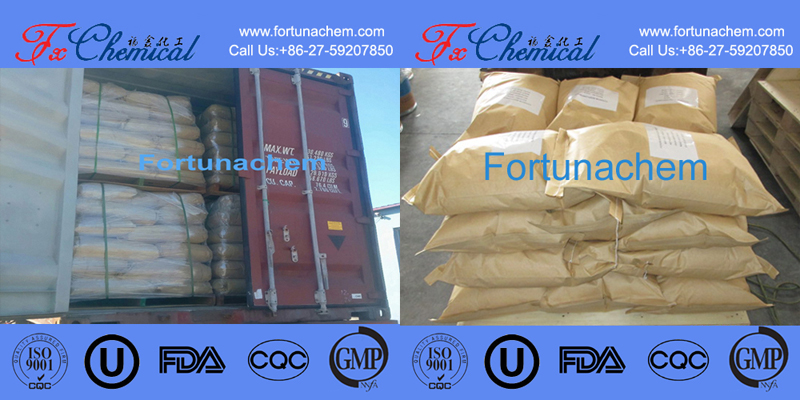
Maltodextrin is an oligosaccharide that is derived from starch. Maltodextrin is commonly used as a food additive and in the production of candies and sodas.


Fortunachem Provides Not Only Professional Chemical Products But Also Professional Help
Keeping you up-to-date with all the latest information, news, and events about Fortunachem!

Quick Links
Add:
E-mail:
 English
English  Español
Español  français
français  العربية
العربية 